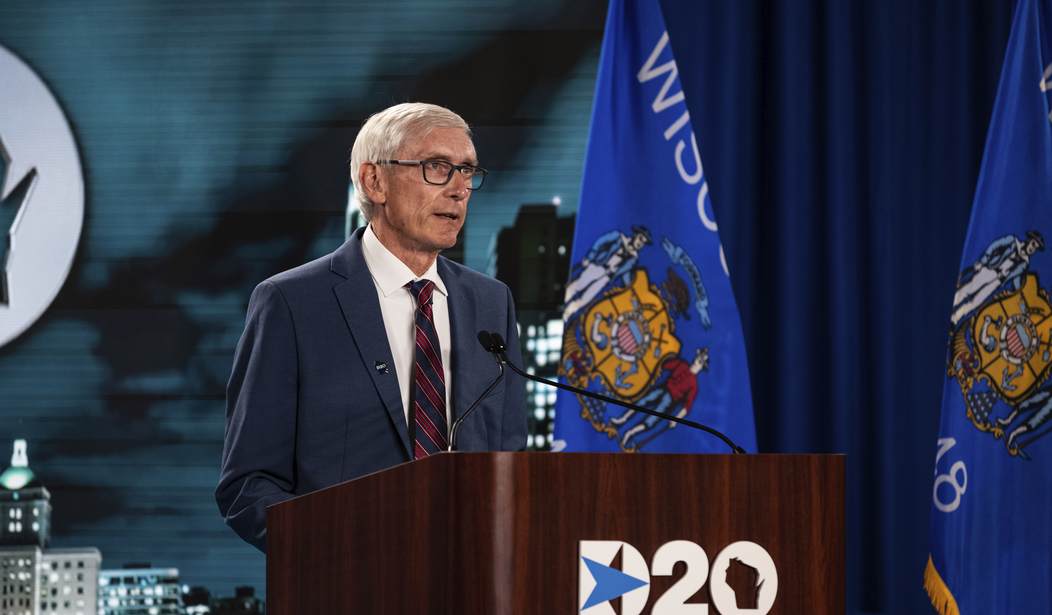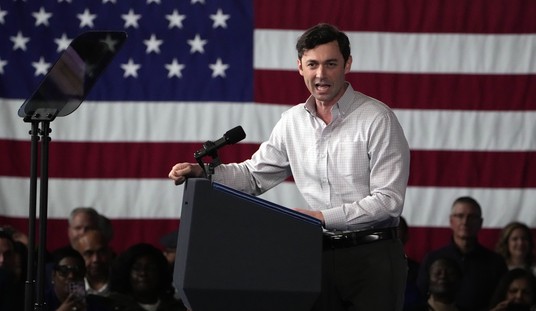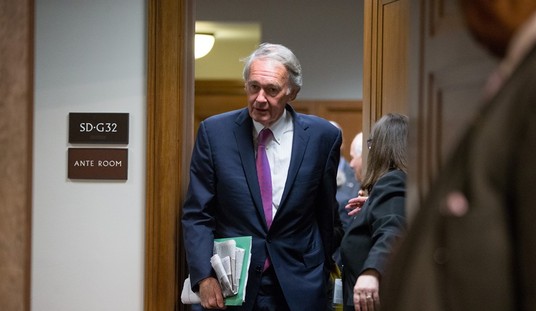MADISON — Maybe things will improve at the broken Department of Workforce Development now that Gov. Tony Evers has finally acknowledged the failure that his jobs agency is.
Amy Stadler has run out of hope that things will change.
It’s hard to have much confidence after seven months — and counting — waiting for unemployment payments long overdue. It’s hard to have much faith in an Unemployment Insurance agency that has kept claimants on hold for hours, lost or mishandled their paperwork, and greeted them with disdain after months of silence.
“I’ve given up on our system,” Stadler said.
Conflicting information
The 49-year-old West Allis woman was working as an assistant teacher at a Lutheran school in March when the pandemic struck and Evers ordered schools closed and “non-essential” employees to stay home. She lost her job on March 16. Stadler, like so many other displaced workers, hoped she would be back to work soon. By the end of March it was clear Evers’ lockdown would go on a lot longer.
Stadler called DWD seeking assistance in filing her claim. She said she was told by a customer service agent that she “did everything correct” in filing her claim and that she needed to do nothing but wait for a final decision. Her employer had confirmed the loss of her job because of the COVID-19 outbreak and DWD, Stadler was told, had all the proper paperwork.
Recommended
So, she waited. And waited.
Hearing nothing for weeks, Stadler called and finally connected with another DWD official. She said she was told by the rude claims processor that she hadn’t done everything right, that she needed to keep filing her weekly claims and that she’d have to go back and start all over again.
“Now, I’m nervous. I thought, ‘Oh, my God. Since I’ve gone through this I haven’t done that.’ But I was told I did everything correct,” Stadler said. “I’m sobbing on the phone with her. She said, ‘I can’t help you,’ and sent me to someone else.”
1 of 6,500
For the longest time she heard nothing. Not even a letter. Like so many thousands of claimants caught in the dysfunctional claims-processing system, Stadler spent day after day trying to reach someone at DWD.
“I’d get all excited that I’d get through, and then it would hang up on you,” she said. “It would say I had the wrong number or department. I’d finally get through and then there would be nothing but silence.”
A state audit released late last month found 93.3 percent of the 41.1 million phone calls made to DWD’s call centers during this year’s flood of unemployment claims were blocked or received busy signals. That’s 38.3 million unanswered calls between March 15 and June 30, the height of Unemployment Insurance applications.
Some 6.2 percent of the calls were abandoned by claimants calling into the DWD, according to the audit. So only 0.5 percent of calls were ultimately answered.
As Wisconsin Spotlight first reported, nearly 6,500 Unemployment Insurance claimants have been waiting since March and April for the dysfunctional Wisconsin Department of Workforce Development to resolve their claims, according to a review last month by the state Legislative Fiscal Bureau.
Stadler is among that unfortunate universe.
Too many broken promises
Between the state and federal unemployment benefits she is owed, Stadler estimates she is waiting on north of $10,000 in payments. That’s a lot of money for a family of four living on a tight budget. Stadler’s husband, a disabled veteran who suffers from severe post-traumatic stress disorder, works as a pizza delivery driver.
“We were going to rely on the money we were supposed to be getting over the summer,” she said. “If it wasn’t for my parents, I don’t know what we would have done. We would have lost our house.”
And still nothing from DWD. The office of Sen. Dale Kooyenga (R-Brookfied) has reached out to the agency on Stadler’s behalf numerous times. She said she’s hopeful Unemployment Insurance officials will finally listen to somebody.
At least she’s back in the classroom. Her school, unlike so many public schools in the state, is open and she has her job back. But there’s little certainty with a governor and unelected local bureaucrats pushing for more restrictions, inching ever closer to another lockdown, as coronavirus numbers rise.
Stadler said she’d like to think that the governor’s firing of former DWD Secretary-designee Caleb Frostman is a signal that things will get better, that people waiting so very long will finally get paid.
But hope is hard to come by these days for the thousands of claimants still waiting.

























Join the conversation as a VIP Member